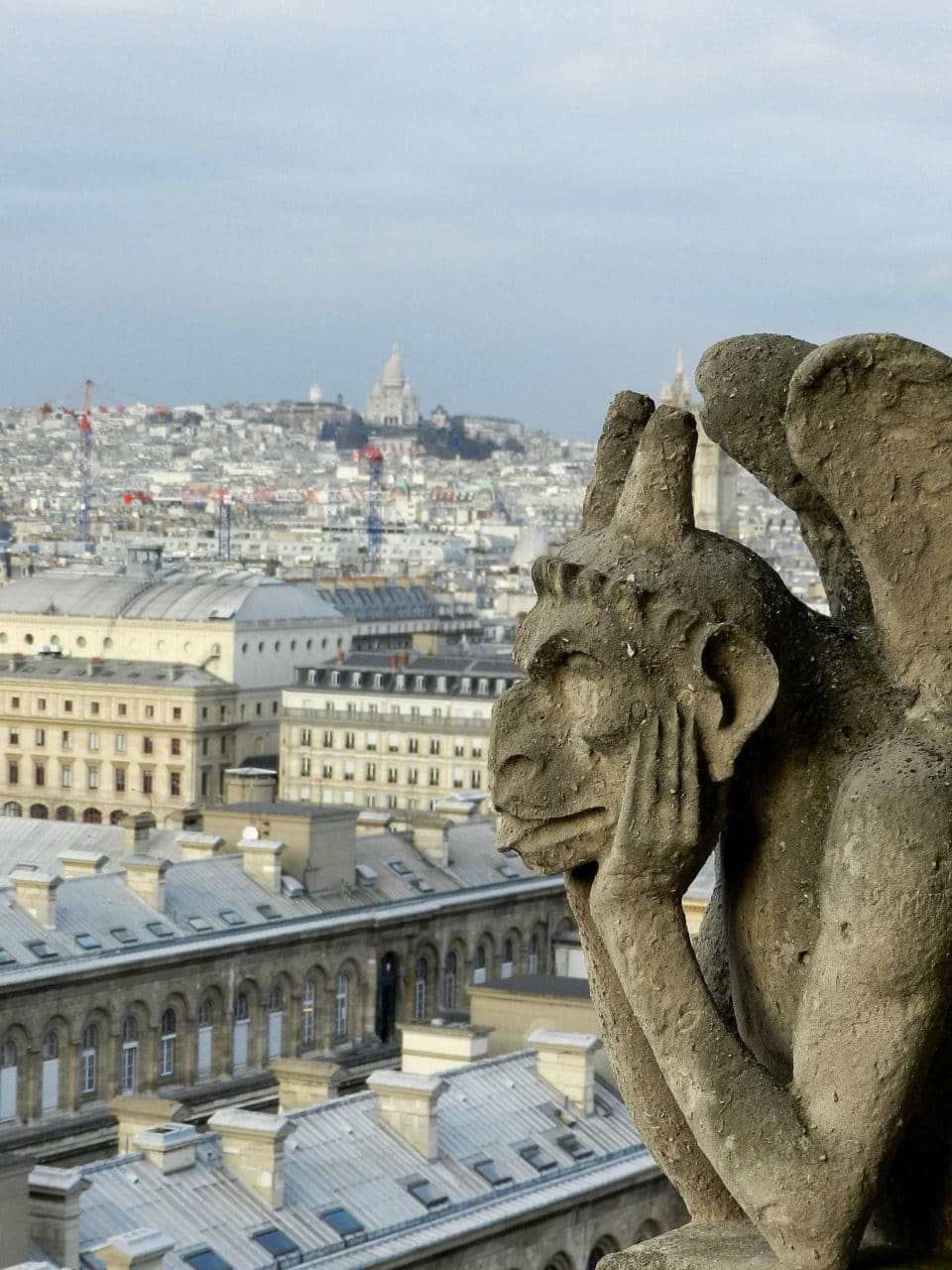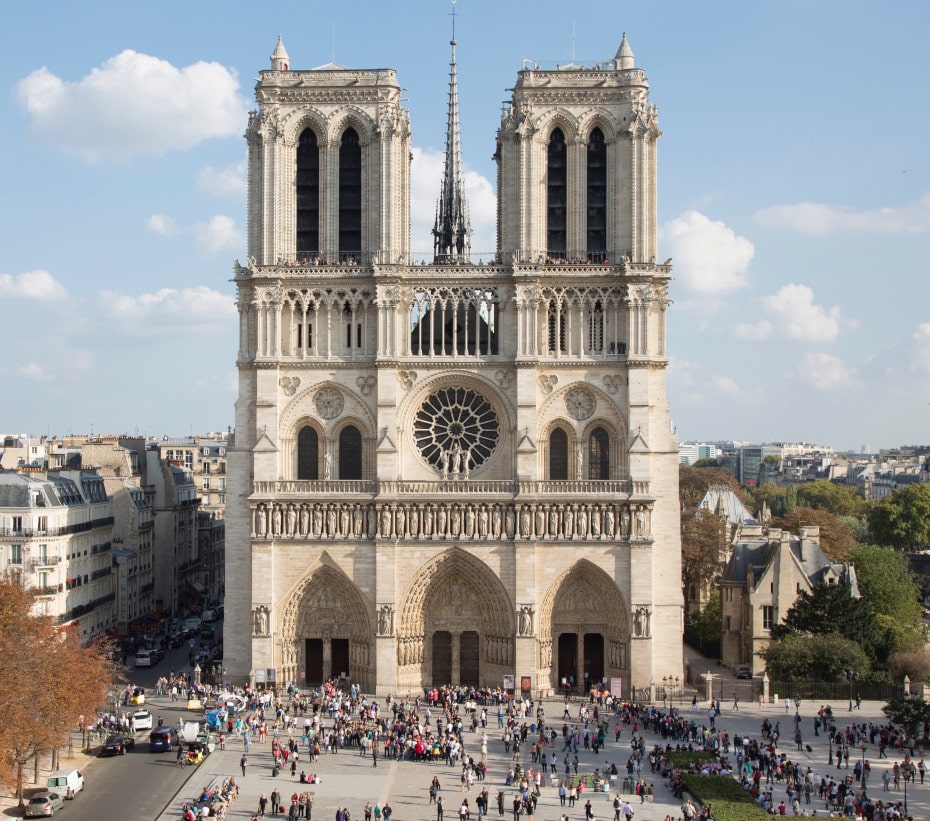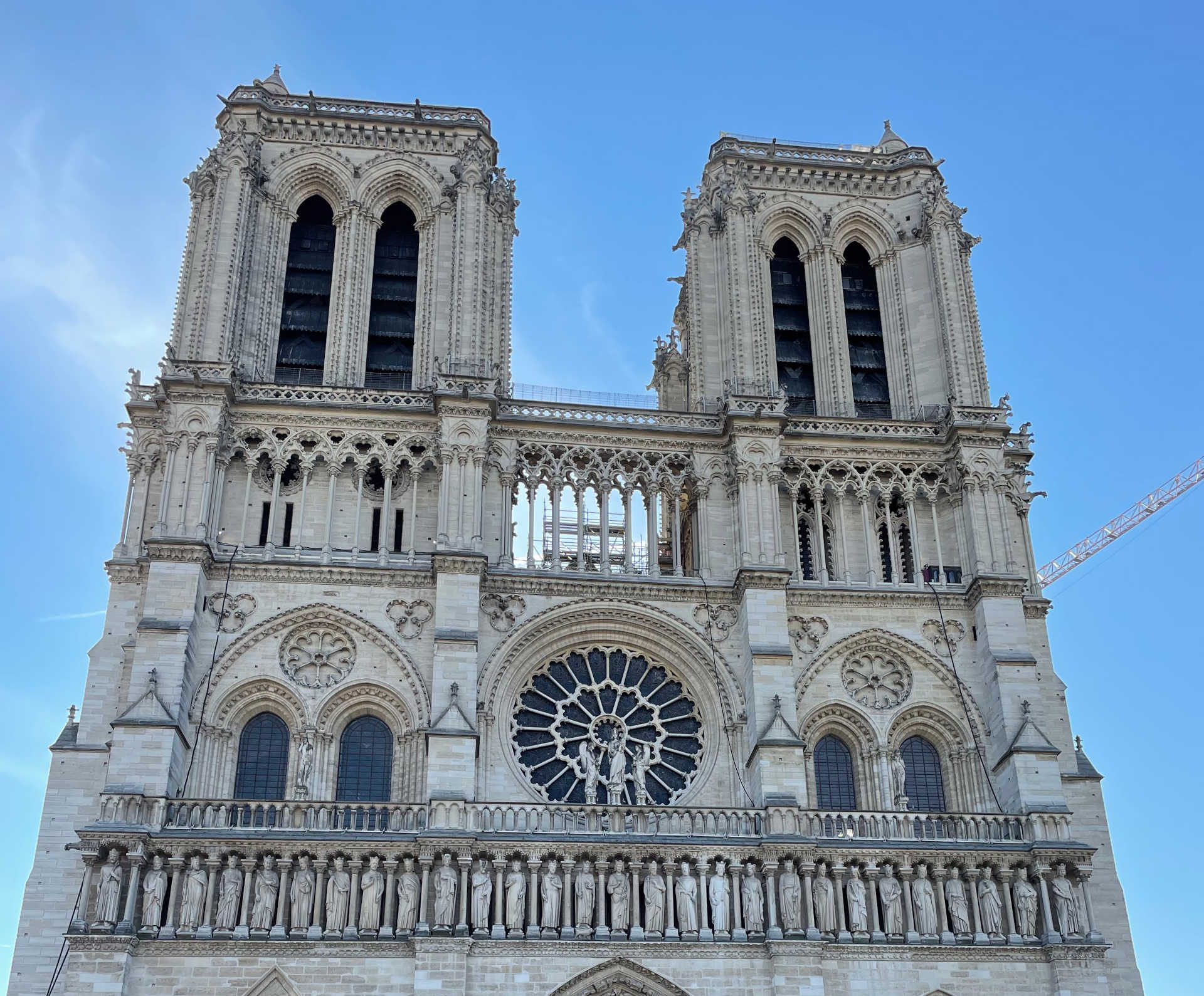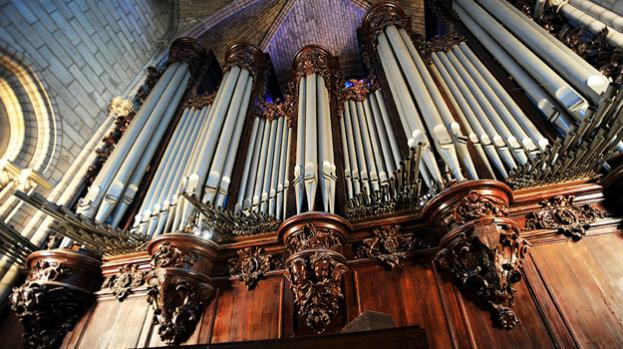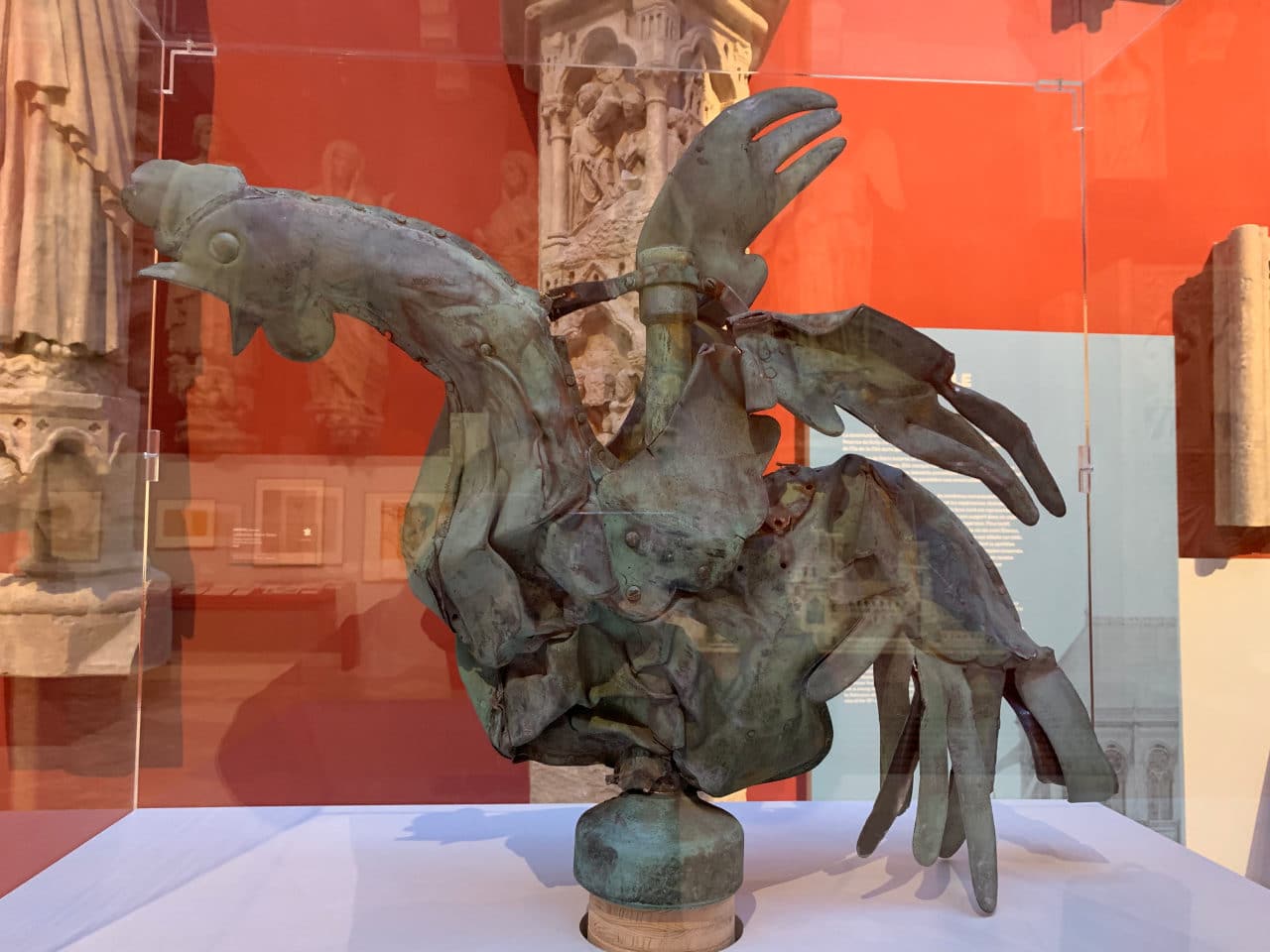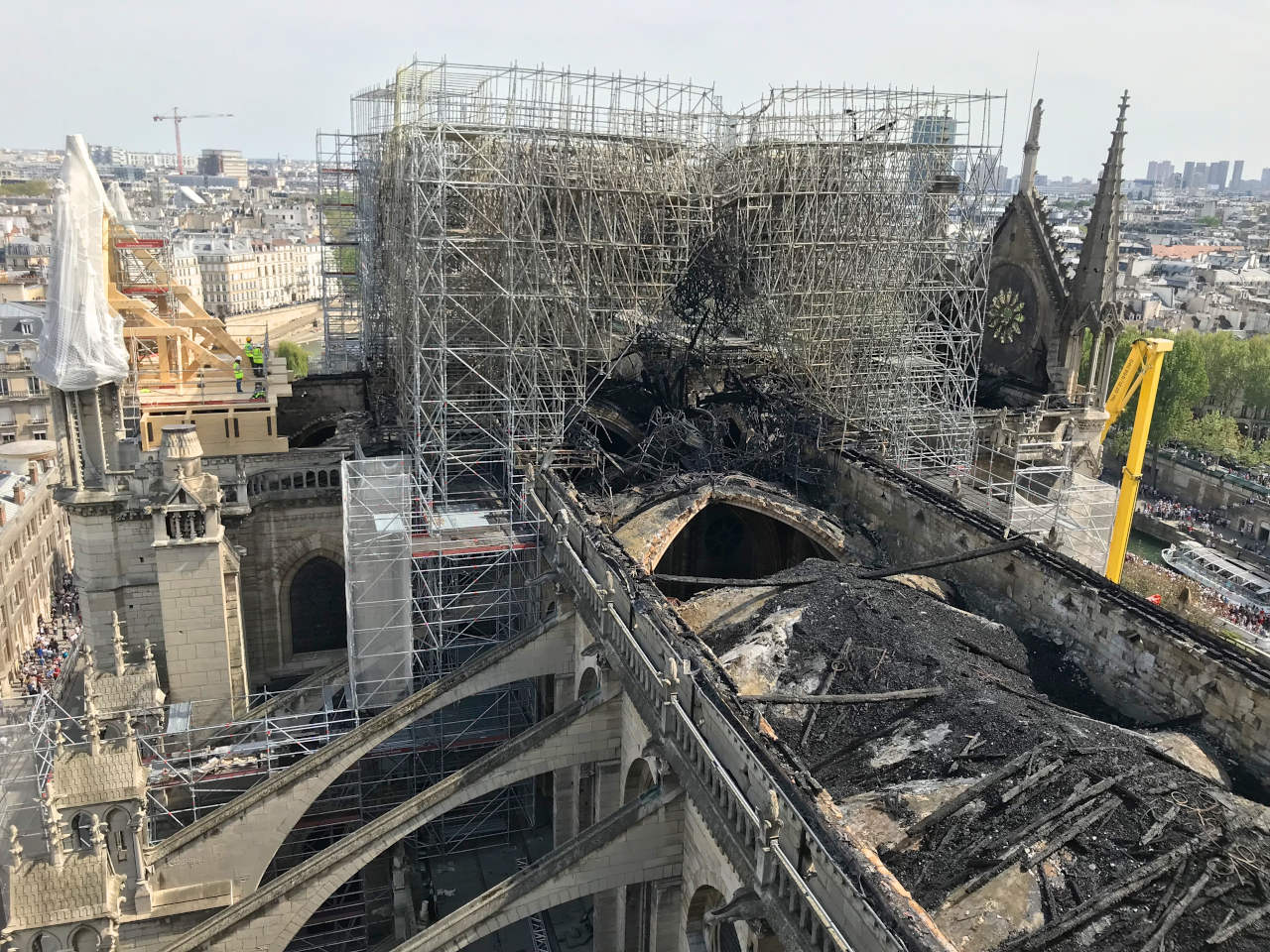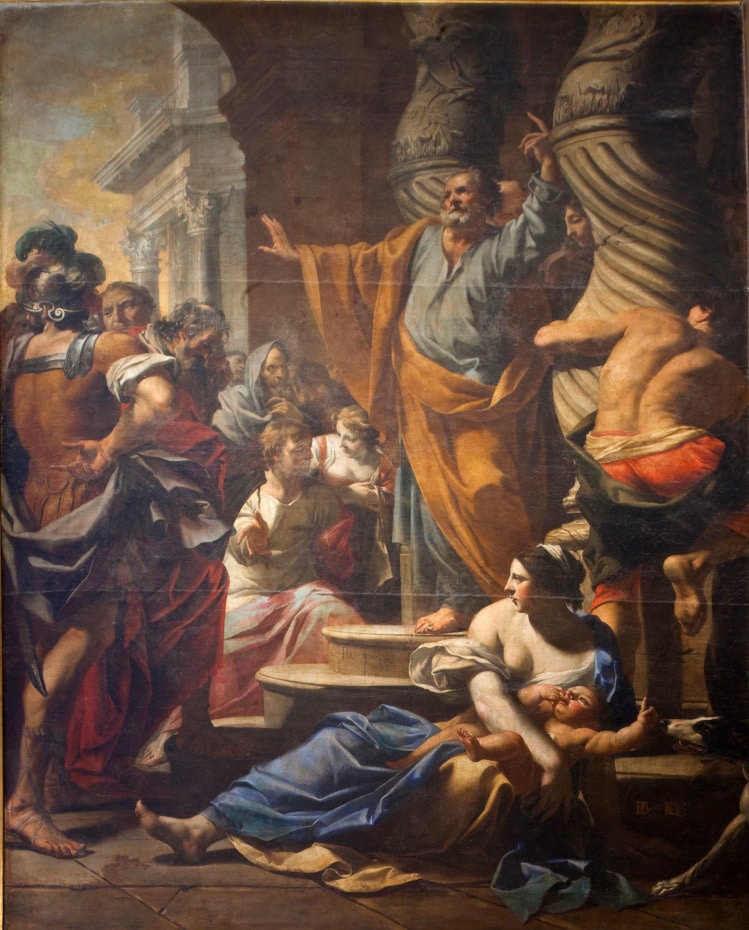Notre-Dame Cathedral, a stunning example of Gothic architecture located in Paris, France, is home to a vast array of gargoyles and grotesques, each with its own history and significance. Among these, one figure stands out: Le Stryge, an enigmatic and captivating grotesque. Let's explore the fascinating stories and legends associated with Le Stryge, shedding light on its origins and impact on art and culture.
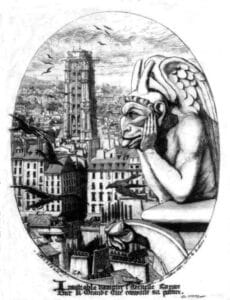
The grotesque's name is derived from Latin "striga" ("witch") or "strix" ("owl") - the owl being a bird that, among the ancients, was said to suck the blood of young children in their cribs -, "strix" comes from the Ancient Greek verb "στρίζω" ("strizo") ("to whistle, to scream"). The Ancient Greek noun "στρίγξ" ("strinx") designates a screech owl, a nocturnal bird so named because of its shrill cry.
This etymology hints at Le Stryge's association with darkness, mystery, and nocturnal creatures. Le Stryge, however, is not a true gargoyle, as it does not serve the architectural function of draining water. Instead, it belongs to the family of chimeras, ornamental sculptures that often adorn Gothic buildings.
Le Stryge was sculpted during the 19th-century restoration of Notre-Dame, under the supervision of architect Eugène Viollet-le-Duc. The restoration was a monumental effort to save the cathedral from the deterioration it had suffered over the centuries, with much of its original artwork and sculptures damaged or destroyed. The addition of Le Stryge, along with other grotesques and gargoyles, was part of this renovation project.
The inspiration for Le Stryge's design can be traced back to medieval bestiaries, collections of texts and illustrations featuring an array of real and mythical creatures. These bestiaries often depicted owls as symbols of wisdom, but also as harbingers of evil and misfortune. This duality is evident in Le Stryge's appearance: its contemplative gaze suggests wisdom, while its monstrous features evoke a sense of unease.
-
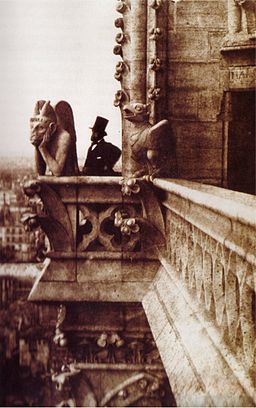
Author: Charles Nègre; Uploader: Dfrg.msc, Public domain, via Wikimedia Commons - One of the most captivating aspects of Le Stryge is its melancholic and reflective demeanor, which sets it apart from other grotesques on Notre-Dame. Its human-like features and seated posture, combined with its enigmatic expression, have inspired countless artists, photographers, and writers over the years. One of the most famous representations of Le Stryge is a photograph taken by French photographer Charles Nègre in 1853. This haunting image, which shows the grotesque shrouded in the shadows of the cathedral, has become synonymous with the mystery and allure of Notre-Dame.
Le Stryge, though not directly associated with any specific legends, has undeniably ignited the imaginations of those who come across it. Situated between the sculptures of Adam and Eve on the balustrade, Le Stryge's positioning reinforces its ties to human nature and the age-old struggle between good and evil.
The mysterious nature of this figure has captivated artists and writers alike, inspiring an array of creative works in literature and the visual arts. Notably, Victor Hugo's "The Hunchback of Notre-Dame" portrays Le Stryge as a peculiar and unsettling character. Moreover, the novel's hunchback protagonist, Quasimodo, is said to have formed a friendship with Le Stryge and communicated with it during his moments of solitude. Painters like Max Ernst have also drawn inspiration from Le Stryge's melancholic demeanor, incorporating the figure into surrealist works such as "The Angel of Hearth and Home," where it is portrayed as a symbol of contemplation and comfort.
The 2019 Notre-Dame fire, which caused significant damage to the cathedral's roof and spire, brought renewed attention to Le Stryge. Images of the grotesque spread across social media, as people worldwide expressed their grief and unity with Paris and its renowned landmark. Having withstood centuries of weathering, Le Stryge emerged as an emblem of perseverance and optimism amidst devastation.
Perhaps its greatest charm lies in its capacity to evoke curiosity and reflection, to inspire awe and conjecture. Le Stryge transcends its status as a mere stone carving on a cathedral; it serves as a gateway into the human mind, a tribute to the lasting power of art and symbolism.
